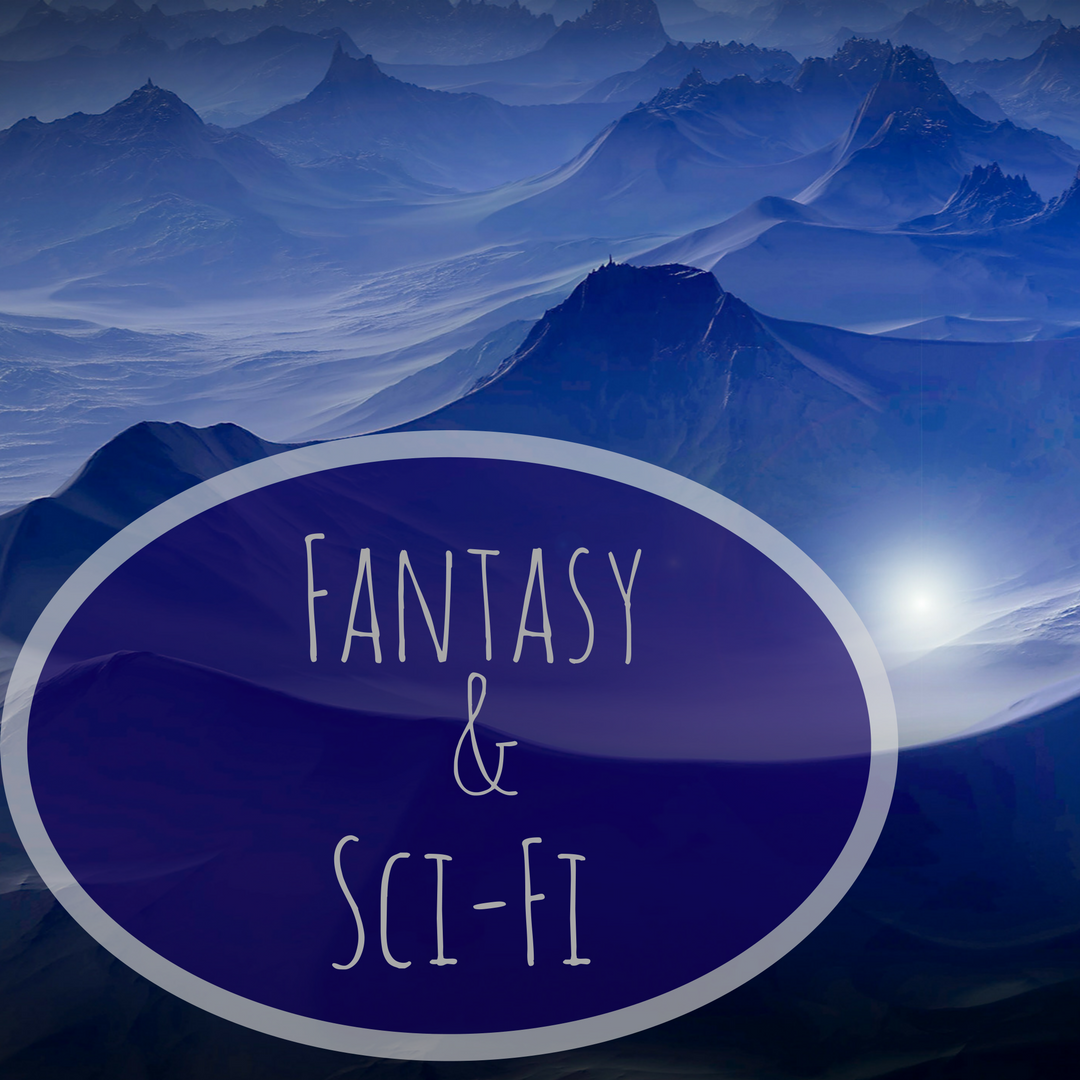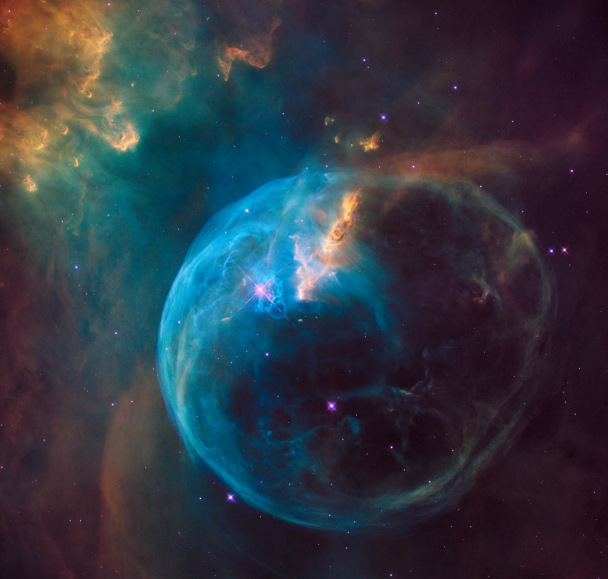What do you write? It’s a question every writer gets from time to time. Should you answer with your aesthetic genre or your elemental genre? What’s the difference? Today, we’ll dive into these two concepts.
The aesthetic genre defines how your story looks and sets up key exceptions in your reader’s mind. The elemental genre describes the key elements that make up the story. Deciding on your aesthetic genre is choosing the shelf (virtual or physical) where your book will live one day alongside others of a similar aesthetic.
Superhero is an aesthetic genre. In this genre, you’ll have characters with super powers in costumes. That’s the look, the aesthetic. If you say your book is a superhero genre, but your characters don’t have powers, readers will be (rightfully) upset. They might feel you deceived them, which can lead to poor reviews.
Within the superhero aesthetic genre, there are two major elemental genres, or plots. Plot One is a young person discovering their powers. Plot Two is several empowered people learning to work together as a cohesive team. These are the classic stories of the genre. The challenge is to do them in a fresh and creative way.
One of my favorite authors in the superhero genre is Jason Joyner. His Rise of the Anointed series follows these two elemental plots. Launch, the first book of the series is a Plot One story with his characters discovering their powers. Fractures, book two of the Rise of the Anointed series, is a Plot Two story where the four characters who discovered their powers in Launch learn to work together as a team.
Early in a series, it’s better to stick to the accepted elemental plots of your aesthetic genre just as Joyner has done. Marvel also followed this exact plan when they introduced the Marvel Cinematic Universe. All of their Phase 1 movies (The Incredible Hulk, Iron Man, Iron Man 2, Thor, and Captain America: The First Avenger) are super hero elemental Plot One—a person discovering their powers. It’s only at the culmination of Phase 1 with 2012’s The Avengers that we get elemental Plot Two—several empowered people learning to work together.
Readers are accepting of various elemental genres within an established aesthetic genre. Sticking with the Marvel Cinematic Universe, Captain America: The Winter Soldier is an elemental spy thriller. The dark conspiracies and thrilling action would work just as well in James Bond or Mission Impossible. Spoiler Alert: you even get a Mission Impossible style character unmasking at the climax. It’s just that Natasha Romanov, Steve Rodgers, and Bucky Barnes have super powers.
Avengers Endgame is a classic elemental heist plot. It has all the elements of the heist down to the whiteboard presentation—though the Avengers’ ‘whiteboard’ is far more high tech. All the team members play have their various jobs and roles just like in an Oceans 11 type story, but the characters are wearing superhero outfits and have superpowers. Endgame combines that aesthetic with the elements of the heist story.
While people will dabble in various elemental genres, they don’t enjoy reading outside of their aesthetic genre. The publisher, whether traditional or independent, must clearly convey what the aesthetic genre is. The foremost place to accomplish is the cover design, and in the blurb. Failing to do this well can lead to disappointed readers and poor reviews.
It’s also advisable to stick to one elemental genre early on. This is a lesson I had to learn the hard way. The current manuscript I’m shopping is a science fiction portal fantasy thriller. My story has thriller elements and portal fantasy elements set in a science fiction aesthetic. This has created challenges as I attempt to market the book to agents and publishing houses.
Having a clear vision of your aesthetic and elemental genre early on will help you communicate what your story is about to future readers, agents, and publishers. What is your aesthetic and elemental genre? Why did you decide on those choices? Let me know in the comments.

Ted Atchley is a freelance writer and professional computer programmer. Whether it’s words or code, he’s always writing. Ted’s love for speculative fiction started early on with Lewis’ Chronicles of Narnia, and the Star Wars movies. This led to reading Marvel comics and eventually losing himself in Asimov’s Apprentice Adept series and the world of Krynn (Dragonlance Chronicles).
He lives in beautiful Charleston, SC with his wife and children. When not writing, you’ll find him spending time with his family, and cheering on his beloved Carolina Panthers. He’s currently querying his science fiction portal fantasy thriller novel.
Ted has a quarterly newsletter which you can join here. You’ll get the latest on his writing and publishing as well as links about writing, Star Wars, and/or Marvel.





No Comments